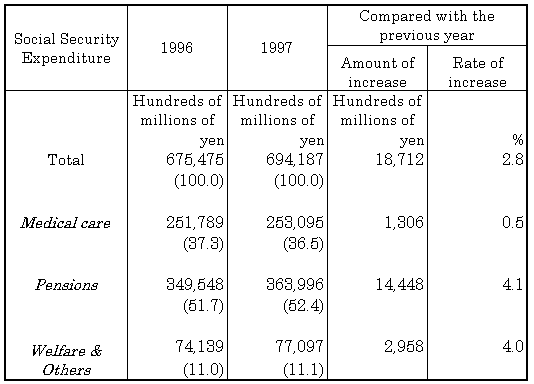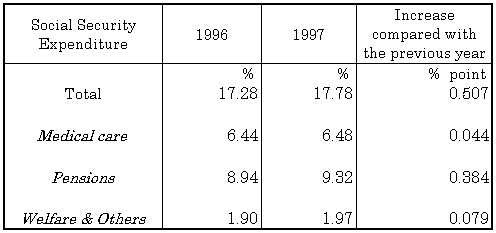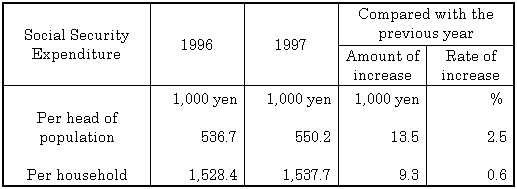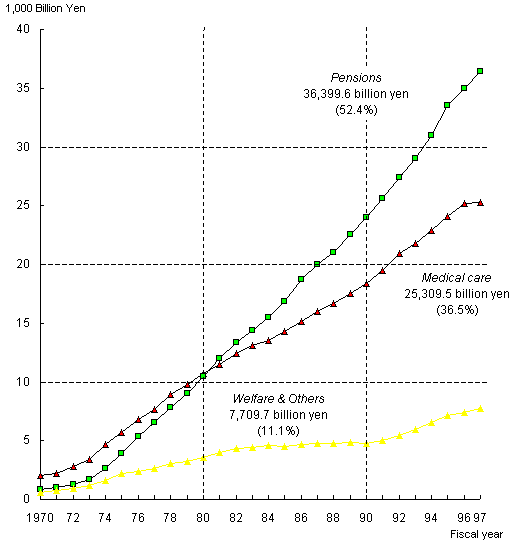Table 4 Social Security Expenditure for the elderly, fiscal
years 1996 and 1997
|
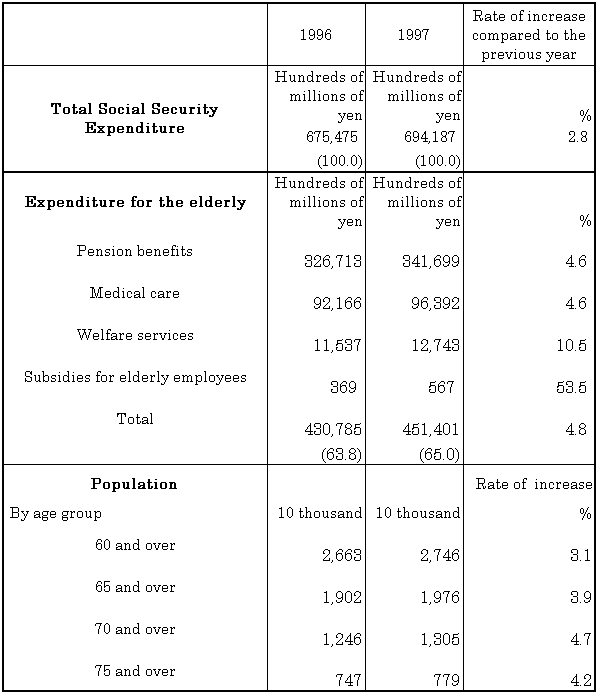
- Notes:
|
- 1.
|
- Ratio to the total social security expenditure as a percentage.
|
|
- 2.
|
- Medical care: Total expenditures of Health and Medical
Services for the Aged excluding public health measures (e.g.,
medical check-ups and counseling, etc.).
|
|
- 3.
|
- Subsidies for elderly employees are grants in which, from
the viewpoint of promoting continued employment and re-employment
for 60 to 65-year-olds, 25 percent of the wages earned by people
over 60 years old is provided to elderly people continuing to
work whose wage has dropped considerably since turning 60. This
grant is provided to elderly people under the age of 65.
|
|
Figure 2 Social Security Expenditure by revenue, scheme, category
and target individuals, fiscal year 1997
|
|
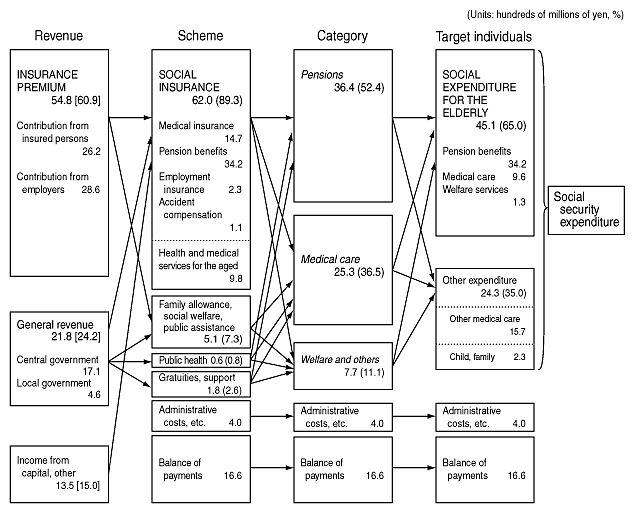
- Notes:
|
- 1.
|
- gChild, familyh refers to medical insurance in the form of
a lump sum maternity allowance and child-rearing allowance, employment
insurance in the form of parent leave allowance, day-care facilities
administration costs and single parent family and disabled child
allowance.
|
|
- 2.
|
- FY1997 social security revenues amounted to 90.1 trillion
yen (excluding transfer from other systems). The figure in square
brackets represents the ratio of social security revenues total.
|
|
- 3.
|
- FY1997 social security expenditure amounted to 69.4 trillion
yen. The figure in parentheses represents the ratio of social
security expenditure total.
|
|
- 4.
|
- Arrows have been omitted from gRevenueh to gAdministrative
costs,h and gBalance of paymentsh in gSchemeh.
|
|
- 5.
|
- Other expenditure for target individuals refers to expenditure
except for Social Expenditure for the Elderly.
|
|
